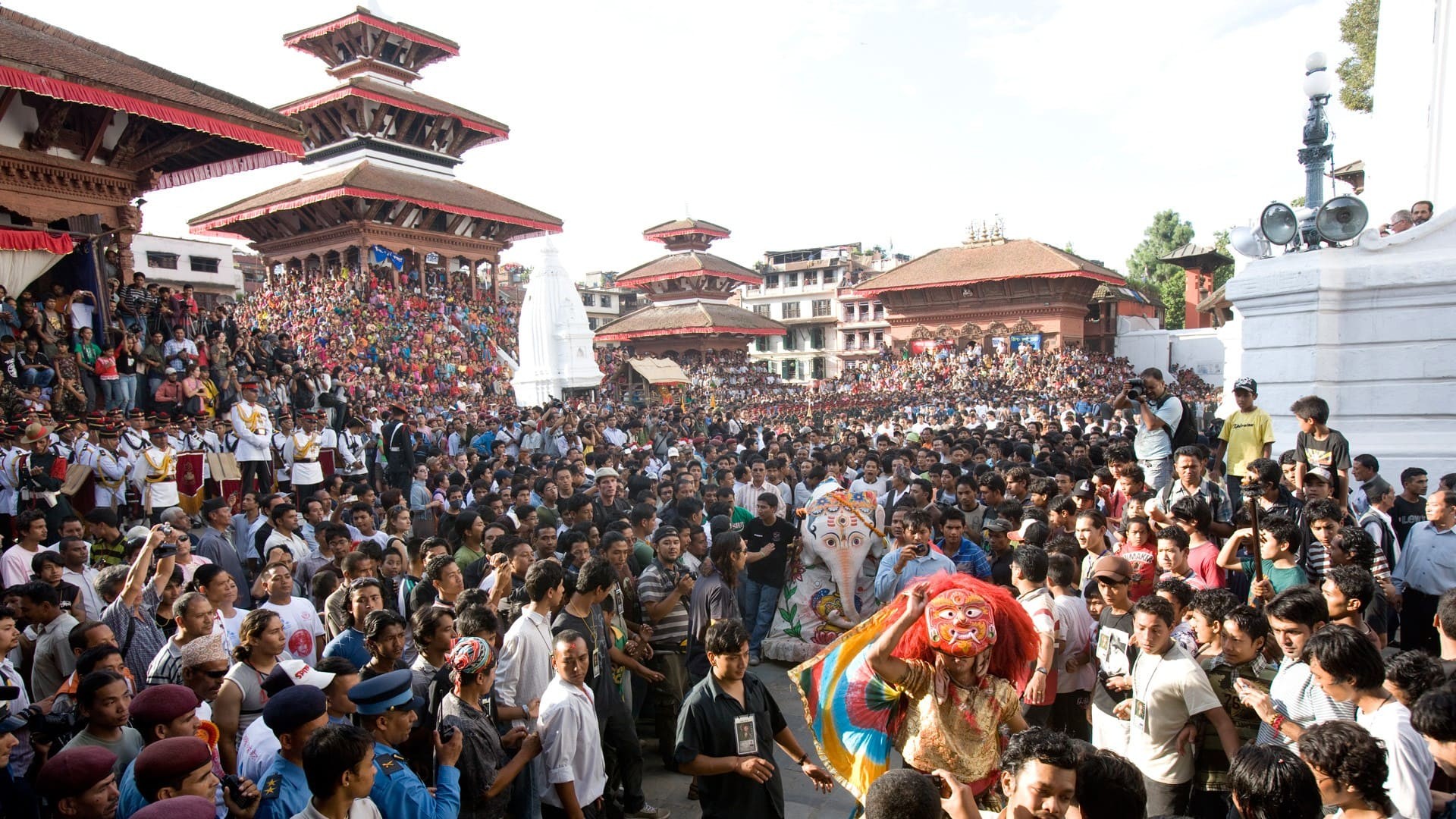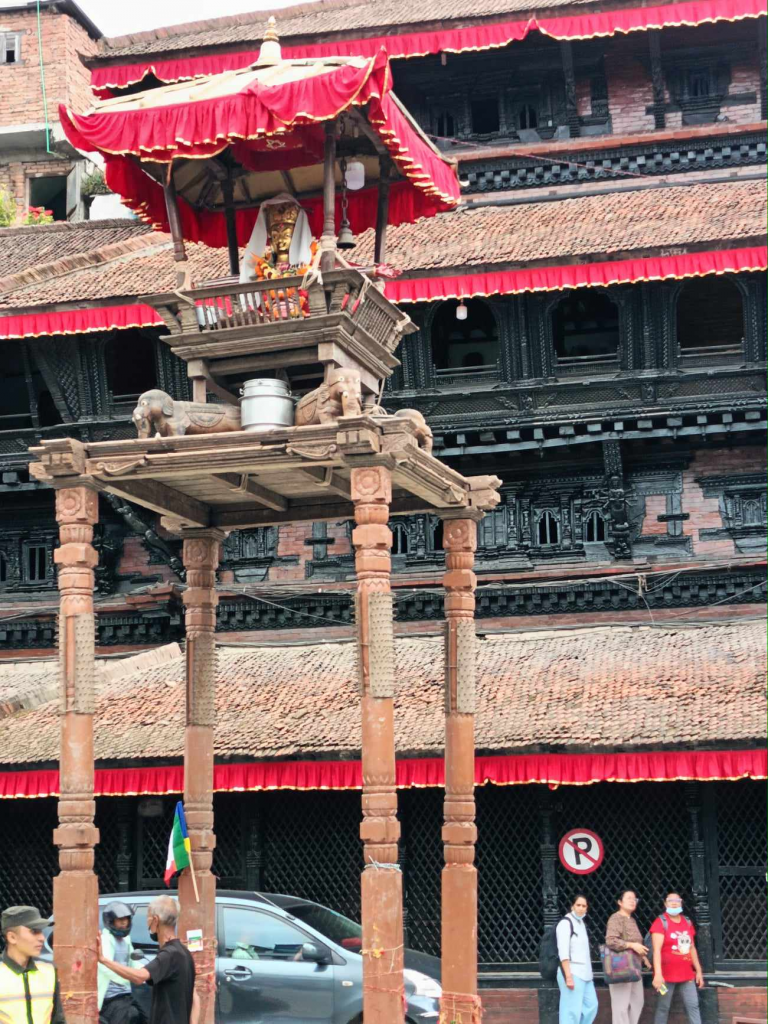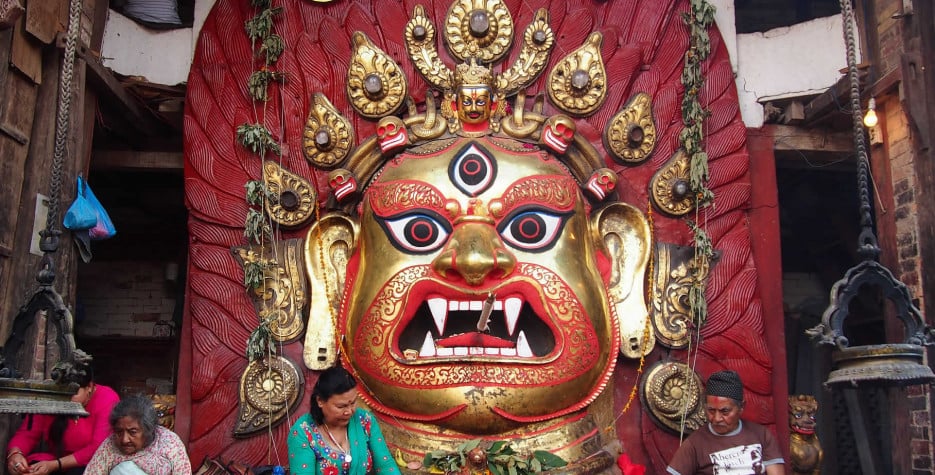 The Nepal Weekly
The Nepal Weekly  September 17, 2024
September 17, 2024
Kathmandu is abuzz with excitement as the city prepares for one of its most iconic festivals, Indra Jatra, which will be celebrated this year on Asoj 1, 2081 (17th September 2024) as per the Nepali calendar, corresponding to September 17, 2024. As one of the largest and most culturally significant festivals in Nepal, Indra Jatra, also known as Yenya Punhi, is a grand showcase of the vibrant religious and cultural heritage of the Newar community. This eight-day festival, deeply rooted in both Hindu and Buddhist traditions, honours Lord Indra, the god of rain, while also commemorating the spirits of the deceased.

Indra Jatra holds a profound place in the hearts of the people of Kathmandu. According to mythology, Lord Indra descended to Earth in search of Parijat (night jasmine flowers) for his mother, but he was captured by the locals who mistook him for a thief. Upon realizing their mistake, they released him, and his mother promised to bless Kathmandu with plentiful rain, ensuring good harvests for the year. The festival is not only about thanking Lord Indra for the rains that nourish the valley’s agricultural lands but also about celebrating life, community, and spiritual protection. The festival marks the end of the monsoon season and the beginning of the harvest, making it agriculturally significant for the people of the Kathmandu Valley.

The grandeur of Indra Jatra lies in its vibrant rituals and processions, each carrying deep historical meaning. The celebrations begin with the erection of the Yosin, a ceremonial wooden pole symbolizing Lord Indra. This marks the official start of the festival. Following this, chariot processions carrying the Kumari, the living goddess, along with Ganesh and Bhairav, move through the streets of Kathmandu, attracting thousands of devotees and tourists alike.
One of the festival’s key attractions is the masked dances, including the famous Majipa Lakhey dance, which symbolizes a demon who protects the city. The Pulu Kisi dance, where performers dress as Indra’s white elephant, is another crowd-puller, as it recreates the mythical elephant’s search for its master. In addition to the rituals, the display of the giant mask of Akash Bhairav and offerings of flowers, food, and butter lamps are significant religious practices throughout the festival.

The people of Kathmandu take immense pride in their cultural heritage, and the entire city comes together for Indra Jatra. Families light lamps to honor their ancestors, creating a bond between the living and the dead. Social cohesion is strengthened as neighbours, relatives, and even strangers join in the festivities. Volunteers, community organizations, and local groups work together to ensure the smooth flow of events, from chariot pulls to street decorations.
Speaking about the festival’s importance, Sajan Sulu, a local organizer, shared, “Indra Jatra is more than just a festival; it’s a symbol of our unity and our deep connection to our traditions. Every year, it brings us together in ways that few other events do.”
While Indra Jatra has remained largely traditional, modern times have brought about changes. The growing urbanization of Kathmandu and the increased commercialization of festivals have impacted the scale and nature of the celebrations. Environmental concerns have also been raised about waste management during the festival, with large gatherings generating significant amounts of trash.
“The festival is a part of our identity, but we need to be mindful of the environmental impacts. Initiatives for clean-up after the festivities and reducing plastic use are crucial for preserving both the festival and the environment,” commented Environmentalist Paridhi Shrestha.
Another challenge has been the pressure on traditional artisans, who create masks and other ritual items. The growing cost of materials and the loss of younger generations to other professions has led to concerns about the sustainability of some traditions.
Indra Jatra is not just a religious celebration but also a major tourist attraction. The festival draws thousands of visitors from around the world, offering them a glimpse of Nepal’s rich cultural fabric. Tourism during the festival boosts the local economy, particularly for small businesses such as hotels, restaurants, and handicraft sellers.
However, with increased tourism comes environmental strain. The rise in foot traffic during the festival days, coupled with the strain on Kathmandu’s infrastructure, adds to the waste and pollution levels in the city. The challenge of maintaining a balance between cultural celebration and environmental sustainability is becoming more pressing each year.
Indra Jatra 2024 promises to be a grand affair, as Kathmandu’s residents and visitors alike prepare for the festivities on the day (September 17, 2024). Despite challenges such as urbanization and environmental impact, the festival continues to be a celebration of Kathmandu’s rich history, cultural unity, and spiritual devotion. As the streets fill with the sounds of traditional music, the vibrant colours of the chariots, and the smiles of the community, Indra Jatra stands as a testament to Nepal’s enduring cultural identity.
As local resident Sushmita Basukala put it, “Indra Jatra is not just a festival, it’s the heartbeat of our city. We celebrate it with pride and joy, and we look forward to sharing it with the world community.”






